Review: HTC Desire Eye for AT&T
Menus
Like the HTC One (M8 and E8) and the One Mini 2, the Desire Eye runs Android 4.4 KitKat with Sense 6 providing the user interface. The experience is pretty much carried over completely from HTC's other 2014 devices.
The lock screen is flexible. The phone supports several locking methods and offers customizable shortcuts to select apps. With a lock engaged, only the camera shortcut works, but you can choose to see notifications. You can also place a massive clock and weather widget on the lock screen if you want. HTC's gesture motions — which make the Desire Eye perform certain actions even when locked — are on board. For example, pick the phone up and tap on the screen twice to turn on the clock. Tap twice again to turn it off.I like the idea behind the gesture motions, but in reality I found they hardly ever worked correctly and I disabled this feature.
There are three home screens active when you first boot the Desire Eye, but one of them is BlinkFeed. You can add or subtract from the number of home screen panels and it's easy to set which panel appears when you press the Home button. There's a common dock at the bottom that holds four shortcuts. AT&T kept the home screens relatively free of junk.
Apps can be arranged in the app drawer alphabetically, in a customized order, or by most recently used. The tool bar at the top of the screen lets you search among your apps, as well as hide them, manage them, and change the density of the app grid. (The default is a four by five app grid, but you can switch it to three by four if you want.) Last, there's a link that will take you directly to the app section of the Google Play Store. You can't view the app menu as a list, but you can use folders and a hide/unhide tool to help manage clutter.
Using the settings menu is similar to that of other Android devices. All the wireless and network controls are bunched at the top, followed by the personalization tools, and hardware tools. HTC's personalization tools run the norm. For example, there are a handful of themes that change all the accent colors.
The notification tray works as expected, and you can open Android's Quick Settings panel quite easily.
The Desire Eye is powered by the Qualcomm Snapdragon 801 with four cores at 2.3 GHz each, paired with 2GB of RAM. I thought the phone performed very well. It never felt bogged down or laggy, and it ran apps smoothly across the board.
Blinkfeed
BlinkFeed is a social news reader akin to Flipboard. You can select news sources and use it to aggregate feeds from your social networks. BlinkFeed has a powerful search tool, which you can use to instantly create a feed that pulls stories, images, and video from across the internet. What's cool is you can parse the initial results to pick and choose which sources to subscribe to, or simply subscribe to them all.
Calls and Contacts
The dialer appears first when you open the phone app. You can dial a number or use the search bar at the top to find a specific contact. There are five tabs within the app: call history, dial pad, favorites, contacts, and groups. The tabs can be edited if you wish.
The contact app sinks its hooks deep into your social networks, and lets you sort between your various contact sources (phone, SIM card, Facebook, Twitter, etc.) with a drop-down tab. It does a great job, for example, of porting over profile images. The full contact list has helpful shortcuts for making calls or sending texts, and individual contact cards offer a complete view of the person's data.
Messaging
HTC's messaging app is set as the default for SMS/MMS. You can ditch the HTC app if you want and use Google's Hangouts instead. Hangouts combines SMS and instant messaging conversations together in one app, though it does so clumsily. Shockingly, there aren't any other messaging apps on board.
Google's Gmail and Email apps are both present, and, quixotically, AT&T put its own email app on the phone. The Gmail and Email apps are known entities at this point and both work well. You'll do well to download the latest version of Gmail, which uses Material Design and handles multiple email services at once. Neither Facebook nor Twitter is pre-installed, so you'll have to download them from the Play Store yourself.


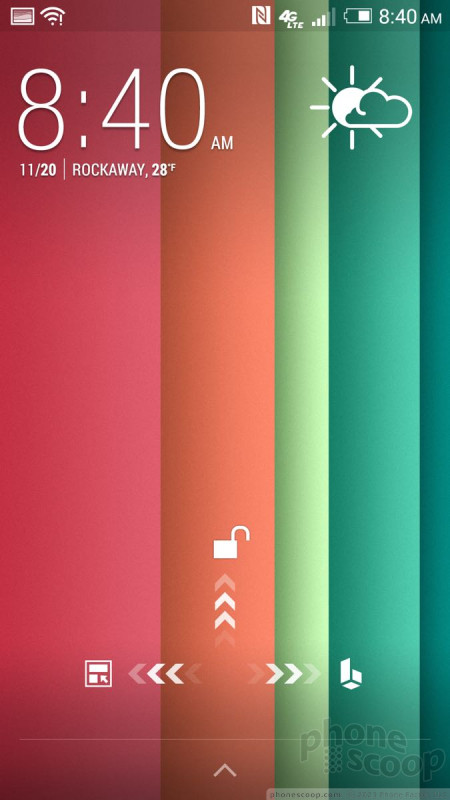







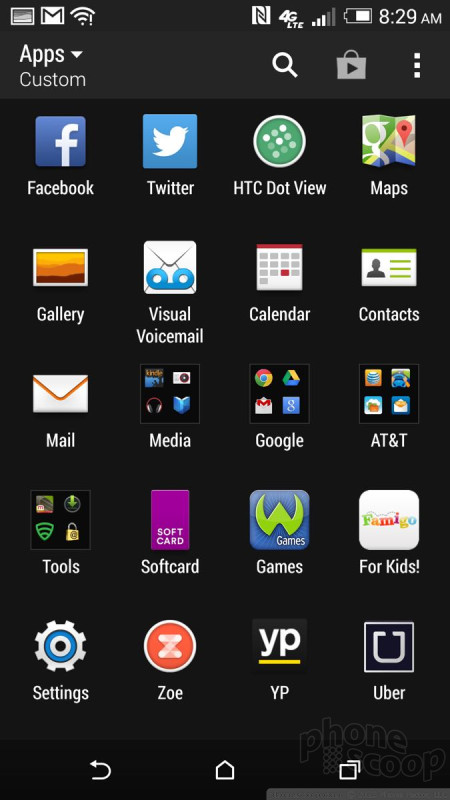




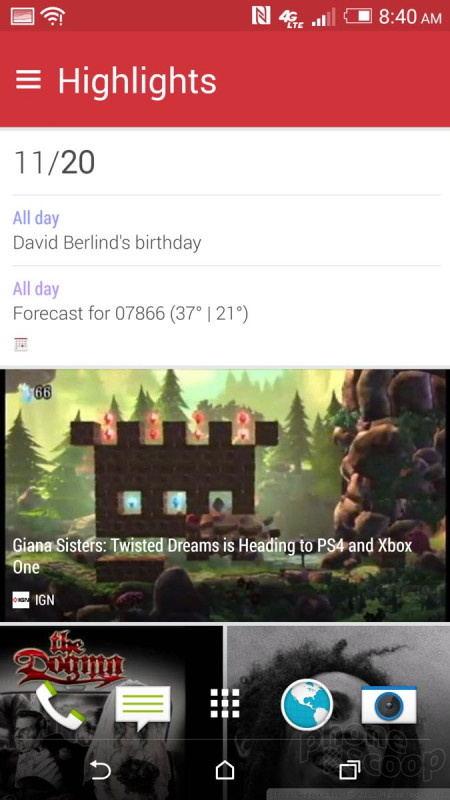



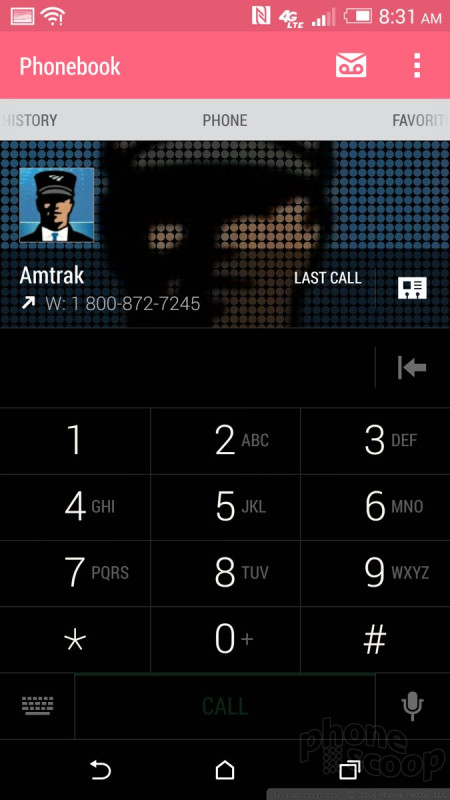



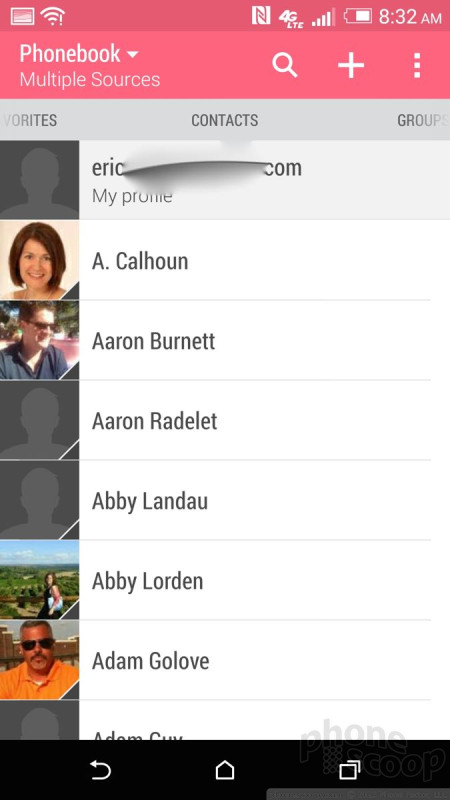



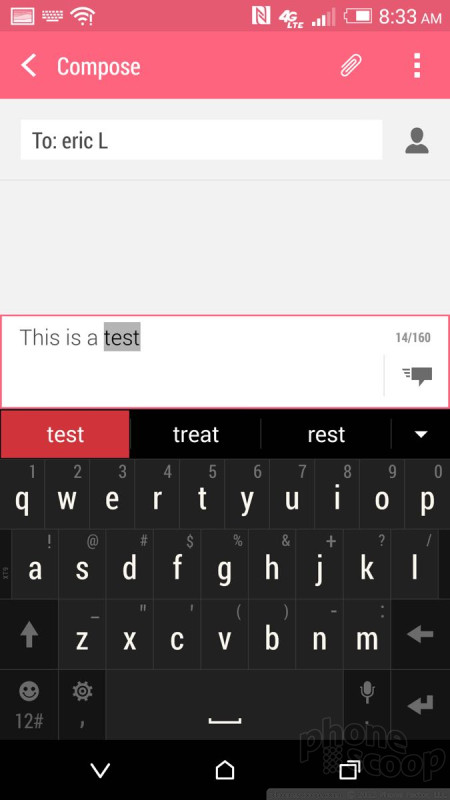




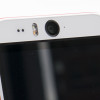 Hands On with the HTC Desire EYE
Hands On with the HTC Desire EYE
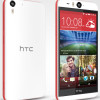 AT&T to Sell HTC Desire Eye and RE Camera Nov. 7
AT&T to Sell HTC Desire Eye and RE Camera Nov. 7
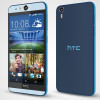 HTC Desire EYE is a High-End Selfie Phone
HTC Desire EYE is a High-End Selfie Phone
 iPhone 15 Series Goes All-In on USB-C and Dynamic Island
iPhone 15 Series Goes All-In on USB-C and Dynamic Island
 HTC Desire EYE
HTC Desire EYE










